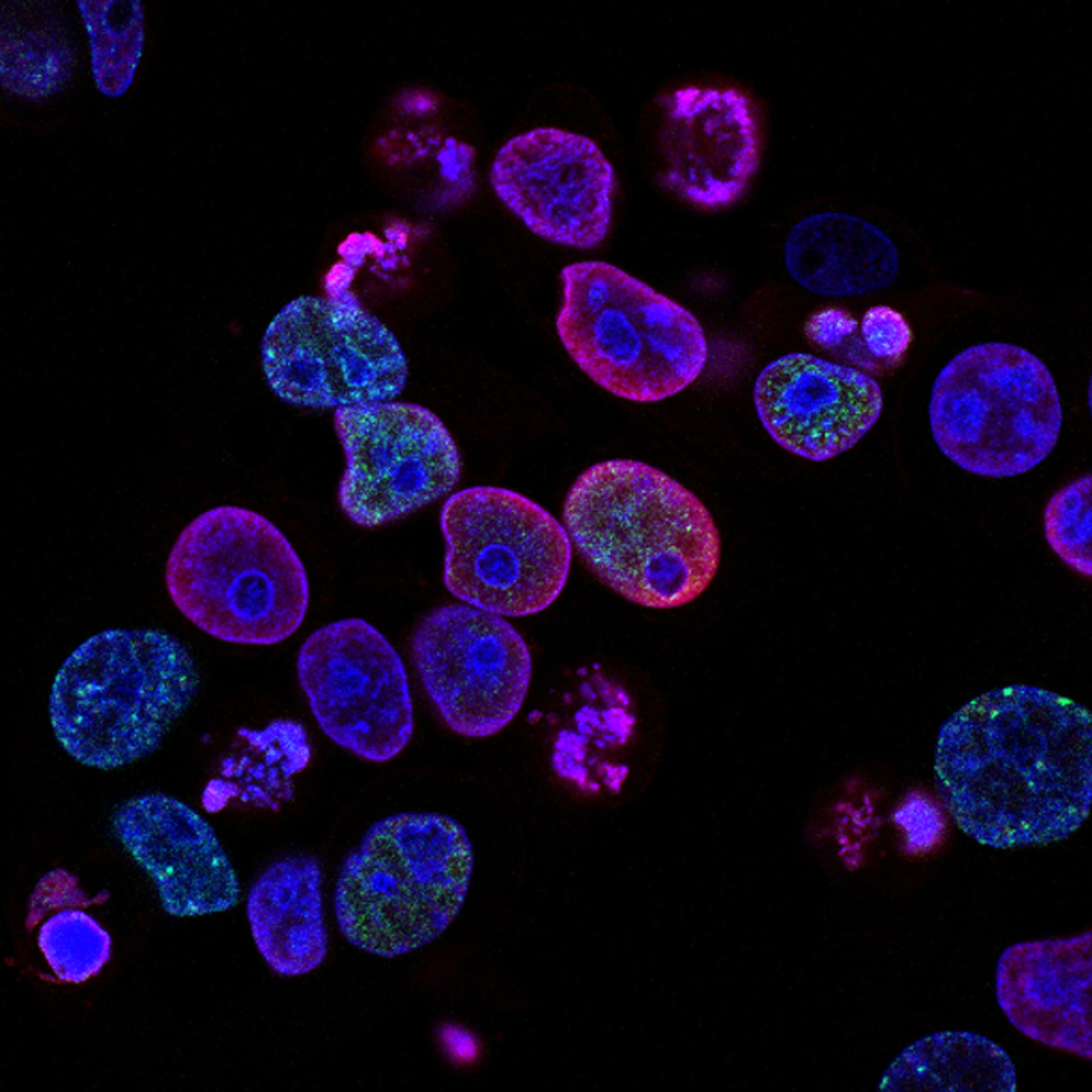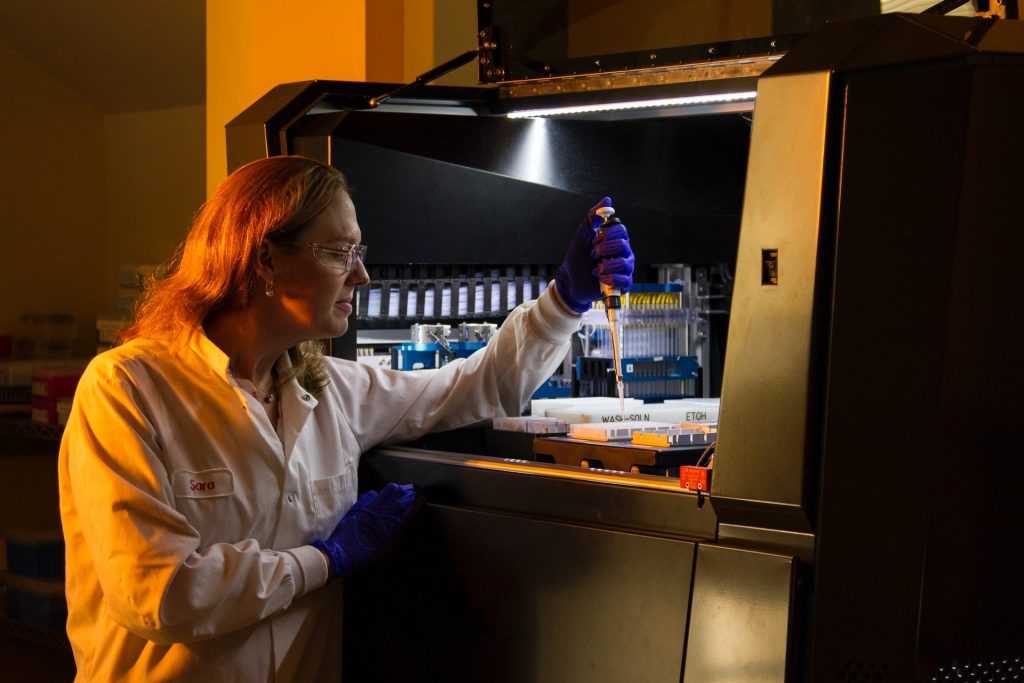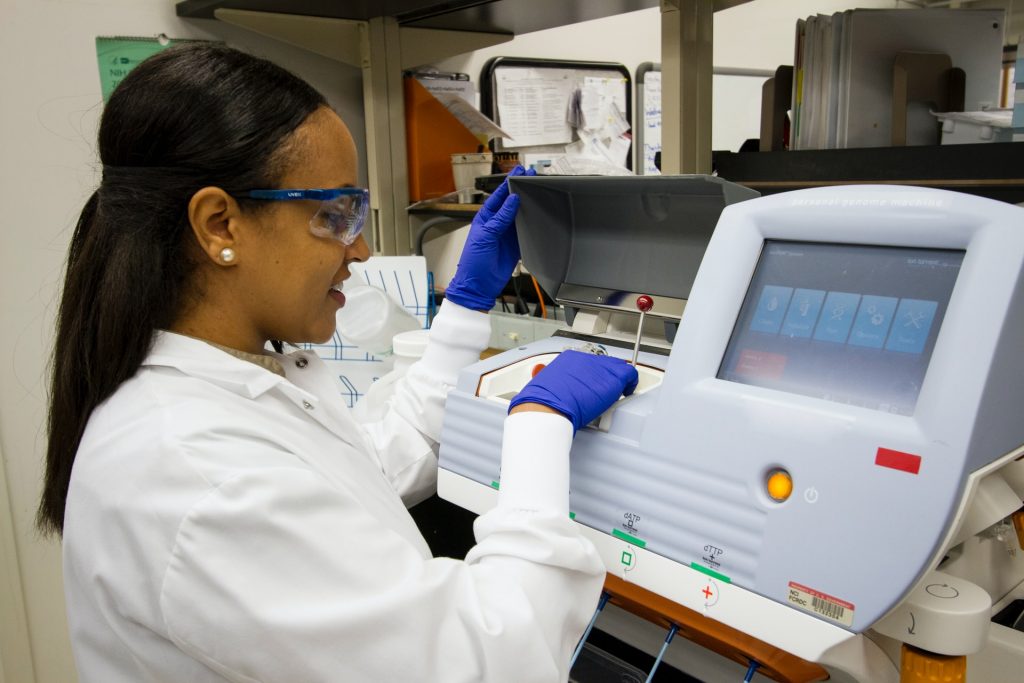The CIPA initiative is a scientific endeavour that aims to improve drug safety and predict cardiac risk. This should lead to better drugs for doctors and patients. The SaVety(tm) cardiac ion channel panel, designed to meet CiPA Assay recommendations, is one example.
Pro-Arrhythmic Of New Drugs
Pharmacological screening of drugs with pro-arrhythmic potential requires accurate and quantitative measures of cardiac arrhythmias. To assess the pro-arrhythmic potential of a drug candidate, numerous in vitro and in vivo models have been developed. One of the gold-standard in vitro methods is the use of rubidium flux. In this method, advanced drug candidates are studied in isolated perfused heart tissues and Purkinje fibers. In addition, hERG-channel blockade can be used to characterize hERG-mediated cardiac function.
Use Human Stem Cell-Derived Cardiomyocytes
Human induced pluripotent stem cell-derived cardiomyocytes (hiPSC-CM) are a good model system for electrophysiological evaluation of drugs. They have the ability to detect electrophysiological effects of drugs, including calcium homeostasis, proarrhythmia potential, and contractility. They can also be used to evaluate cardiovascular risk.

Drug Trapping In HERG Channel
The cipa assay quantifies drug traping in hERG channels by measuring potassium currents using a two-electrode voltage clamp technique. The K+ current is measured during the prepulse phase, when the potassium current is small. The tail current amplitudes represent the fraction of the channels that are uninhibited by drugs.
The CiPA assay was validated using 28 drugs that bind to the hERG channel. These data were then fed into a mathematical model that accounts for the binding kinetics of each drug. This model then was used to estimate hERG binding parameters. The model was fit to data collected from the simulated dose-response dataset and was tested using a bootstrapped population of 2000 samples.
In Silico Model
In silico modelling of drug-drug interactions is an essential part of the cardiotox testing process. It provides confidence that drug activity is accurately measured, as it integrates over 20 ion channels and four ion pumps into a single model. The model provides detailed quantitative descriptions of how drugs affect intracellular calcium signals and membrane potential. The model also offers potential indexes of proarrhythmic risk for drugs.
The CiPA paradigm uses an in silico model of an adult human ventricular myocyte, which integrates patch clamp data from multiple ion channels to extract a mechanistic risk metric. This risk metric is directly related to changes in the cellular electrical activity and is experimentally verifiable.

Alane Lander covers a wide range of topics, providing balanced reporting and thoughtful perspectives on trending issues.


